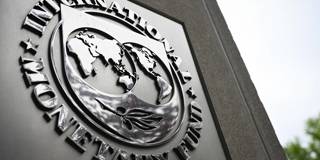Even though the Pakistani government now appears to recognize its debt problem, it has failed to acknowledge the severity of the situation. Instead of seeking a debt reprofiling or taking yet another loan from the IMF, the country must undertake a preemptive restructuring to address its deep-seated economic weaknesses.
NEW DELHI – In July, Pakistan reached a staff-level agreement with the International Monetary Fund on a record 25th program, in yet another attempt to kick-start economic growth and development as the country lurches from crisis to crisis. But the new IMF program, which will likely be finalized once Pakistan secures “adequate” assurances from major creditors that its outstanding loans will be rolled over, fails to address a much more fundamental problem: the country’s unsustainable debt.

NEW DELHI – In July, Pakistan reached a staff-level agreement with the International Monetary Fund on a record 25th program, in yet another attempt to kick-start economic growth and development as the country lurches from crisis to crisis. But the new IMF program, which will likely be finalized once Pakistan secures “adequate” assurances from major creditors that its outstanding loans will be rolled over, fails to address a much more fundamental problem: the country’s unsustainable debt.